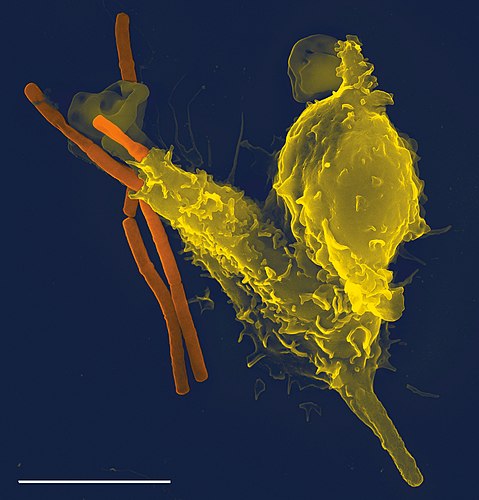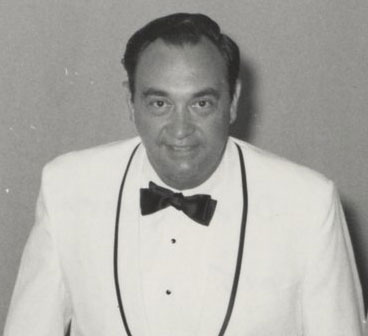 Knap Hill
Knap Hill.
Knap Hill lies on the northern rim of the Vale of Pewsey, in northern Wiltshire, England, about a mile (1.6 km) north of the village of Alton Priors. At the top of the hill is a causewayed enclosure, a form of Neolithic earthwork that appeared in England from about 3700 BC onwards. These earthworks are characterised by the enclosure of an area with ditches that are interrupted by gaps, or causeways. It is not known what they were used for; they may have been settlements, or meeting places, or ritual sites of some kind. Knap Hill was the first causewayed enclosure to be excavated and identified. In 1908 and 1909 Benjamin and Maud Cunnington spent two summers investigating the site, and Maud Cunnington published two reports of their work, noting that there were several gaps in the ditch and bank surrounding the enclosure. The site has been scheduled as an ancient monument. About a thousand causewayed enclosures have now been found in Europe, including around seventy in Britain.





 Immune system.
Immune system. Knap Hill.
Knap Hill. Louie Nunn.
Louie Nunn.